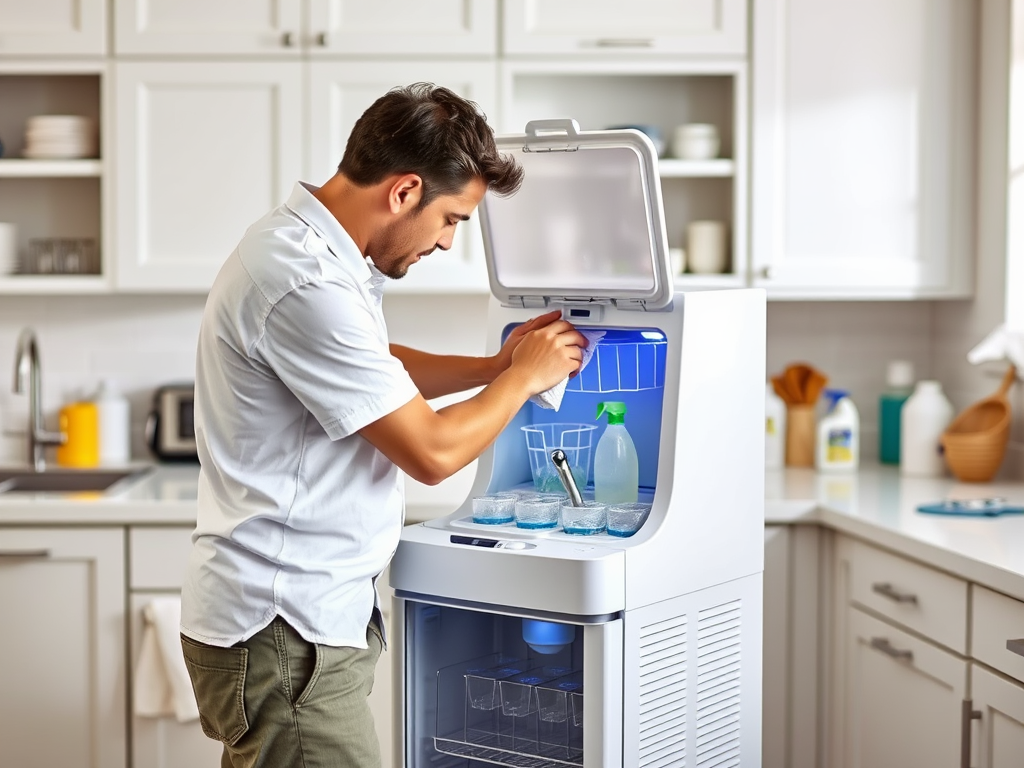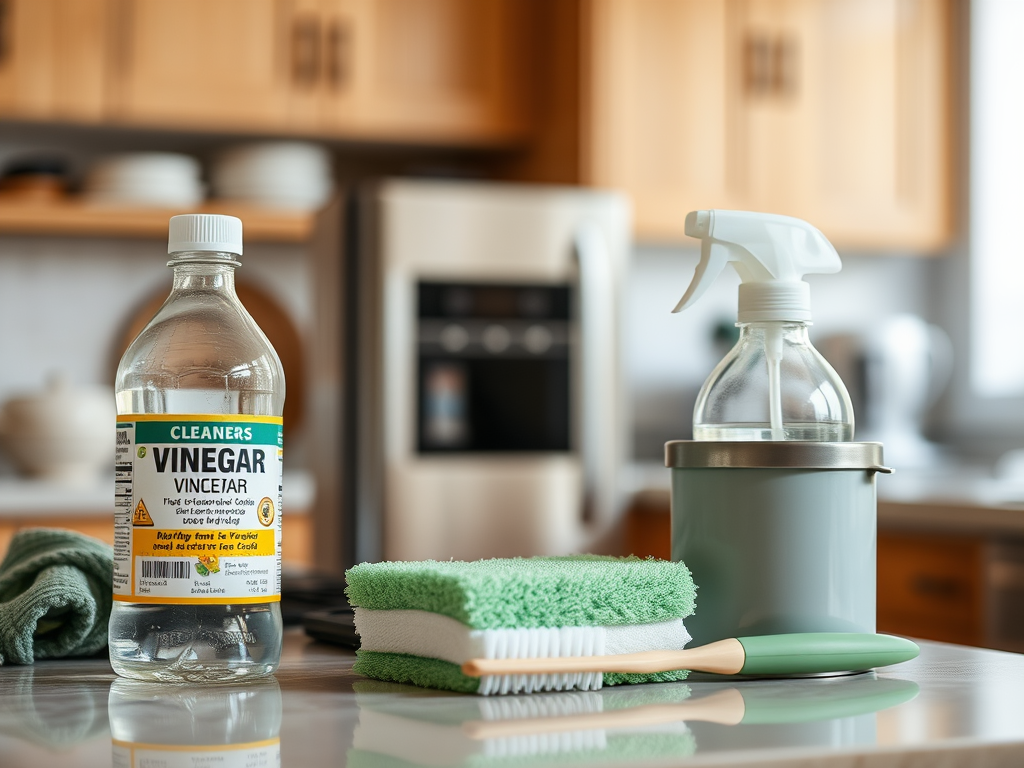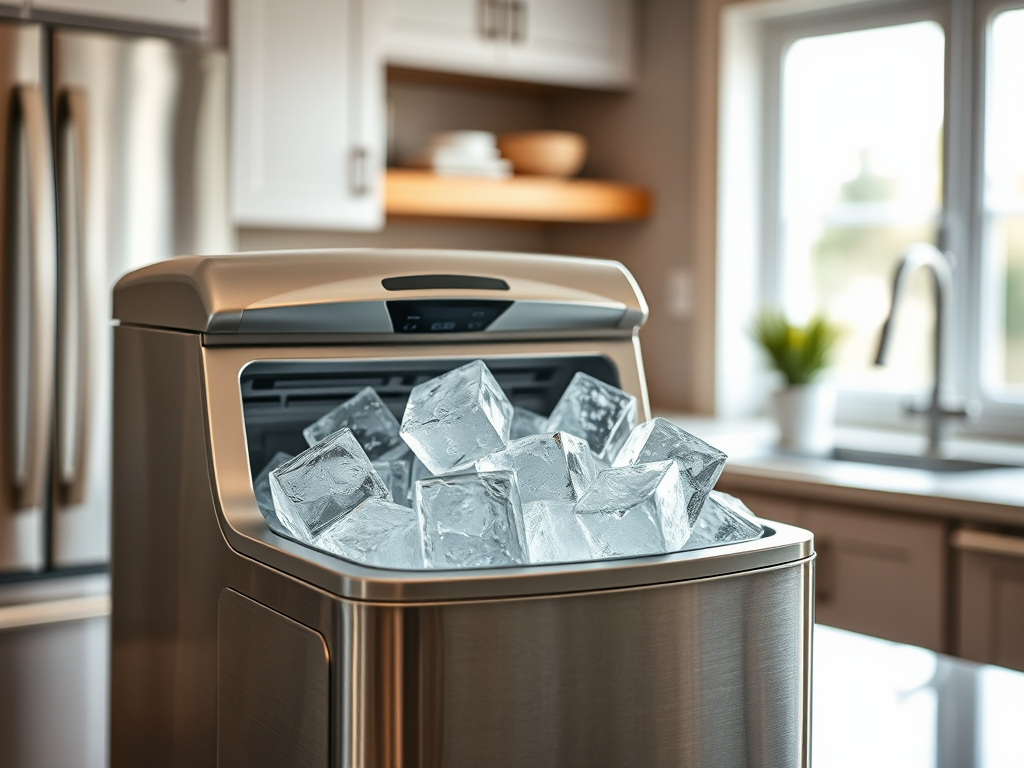How to Clean an Ice Maker: FAQs and Pro Tips
Cleaning an ice maker is not just about enhancing its aesthetic appeal; it’s crucial for maintaining the quality and safety of the ice it produces. A neglected ice maker can harbor bacteria, mold, and unpleasant odors, affecting the taste of your beverages and potentially posing health risks. By understanding how to clean your ice maker effectively, you can ensure that your machine operates optimally while producing crystal-clear ice for your refreshments. In this guide, we will explore the necessary steps for cleaning your ice maker, share expert tips, and answer some of the most frequently asked questions on the topic. Let’s dive into a comprehensive approach to ice maker maintenance that will keep your drinks refreshing and your appliance running smoothly.
Regular maintenance is more than just a good idea; it is a proactive measure that pays off in the long run. An ice maker that is consistently cleaned not only lasts longer but also operates more efficiently. This translates into increased ice production and better taste, making it a win-win for any household. Proper maintenance includes understanding when to clean, how to gather the right cleaning supplies, and adopting best practices that simplify the process. We will discuss all that, and more, to ensure your ice maker remains in peak condition.
Why Cleaning Your Ice Maker is Important

The cleanliness of your ice maker directly influences the quality of the ice produced. Regular cleaning serves several essential purposes:
- Prevents Bacteria Growth: Mold and bacteria can easily thrive in damp areas inside the ice maker.
- Eliminates Odors: Food particles and old ice can create unpleasant smells if not cleaned regularly.
- Enhances Performance: A clean machine runs smoothly, producing ice more efficiently.
- Increases Lifespan: Just like any appliance, consistent cleaning can extend the lifespan of your ice maker.
When to Clean Your Ice Maker

Timing is crucial when it comes to cleaning your ice maker. It is advisable to clean your ice maker every six months. However, some signs may require you to clean it sooner:
- Unusual Smells: If you detect strange odors coming from the ice, take action immediately.
- Decline in Ice Production: A noticeable drop in ice volume can indicate buildup inside the machine.
- Visible Filth: Mold and slime are clear signs that the appliance requires immediate attention.
How to Clean Your Ice Maker
Cleaning an ice maker can be a straightforward process when you have the right supplies and follow the steps carefully. First, gather your cleaning materials. You will need:
- White vinegar or a commercial ice machine cleaner
- Soft cloth or sponge
- Warm water
- A toothbrush or soft brush for hard-to-reach areas
Now, let’s break down the step-by-step cleaning process:
| Step | Action |
|---|---|
| 1 | Unplug the Ice Maker for safety. |
| 2 | Remove all ice from the bin. |
| 3 | Use warm water and vinegar/cleaner to wipe the interior. |
| 4 | Scrub hard-to-reach areas with a toothbrush. |
| 5 | Rinse with clean water and dry thoroughly. |
| 6 | Reassemble and plug the machine back in. |
By diligently following these steps, you can ensure your ice maker remains functional and produces safe, high-quality ice. Part of maintaining your ice maker involves adopting best practices beyond just cleaning. For instance, always use filtered water to fill your ice maker, as it reduces mineral deposits that can build up over time. Additionally, check for leaks and unusual noises during operation to catch any issues early. Remember to give the exterior a quick wipe-down frequently to keep dust and grease at bay. This multi-faceted approach keeps both your appliance and the ice it produces in excellent condition.
Conclusion
While cleaning your ice maker may initially seem daunting, it becomes a straightforward task with the right approach. The importance of regular maintenance cannot be overstated, as it ensures that your ice is both clean and safe for consumption. Plus, keeping your appliance in good condition enhances its performance and extends its life. We hope this guide, complete with expert tips and crucial FAQs, empowers you to tackle the cleaning process effectively. Regularly scheduled cleaning sessions will keep your ice maker operating at peak performance, allowing you to enjoy fresh and delicious ice in all your favorite beverages.
Frequently Asked Questions
- How often should I clean my ice maker? It is recommended to clean your ice maker every six months or sooner if you notice any issues.
- Can I use bleach to clean my ice maker? No, bleach can leave harmful residues and chemicals. Use white vinegar or a specialized cleaner instead.
- What if my ice has a strange smell? This could be a sign that your ice maker needs cleaning or that you should change the water filter.
- Should I unplug my ice maker while cleaning? Yes, always unplug the ice maker before cleaning to ensure safety.
- Can I use a dishwasher to clean removable parts? Check the manufacturer’s instructions, but many removable parts can be cleaned in the dishwasher if they are dishwasher-safe.
